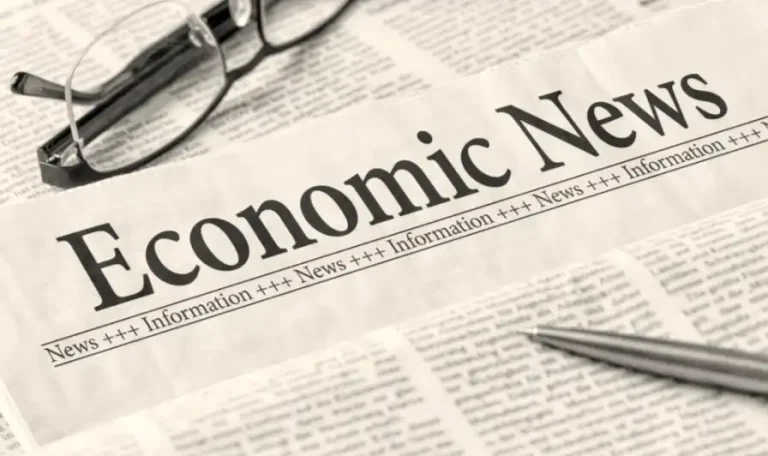Quick Summary
- Sri Lanka’s Board of Investment (BOI) is addressing VAT issues that hinder local input use in exports.
- The removal of the SVAT system has created cash flow problems and increased interest costs for exporters.
- International competitors like Vietnam and Taiwan offer VAT-exempt or zero-rated sales into export zones.
- The apparel and tea industries are particularly affected, warning of potential impact on backward integration.
- BOI has proposed budget changes and is in discussions with the Inland Revenue Department to resolve the anomaly.
Sri Lanka’s VAT Anomaly Discouraging Local Production
Sri Lanka’s Board of Investment (BOI) is actively working to mitigate the adverse effects of Value Added Tax (VAT) on locally produced inputs, a situation that is discouraging backward integration within the export sector, according to Chairman Arjuna Herath.
The country’s apparel industries have voiced significant concerns. The removal of the Supplier VAT (SVAT) system, which previously allowed local producers to supply goods to exporters under a VAT-exempt framework, has necessitated greater working capital and incurred higher interest costs for exporters.
💡 In competing nations such as Vietnam and Taiwan, sales directed towards export firms within free trade zones are zero-rated, mirroring the treatment of final exports. Under a zero-rating system, no VAT is levied, and suppliers are also eligible for input tax credits.
In contrast, imported inputs in Sri Lanka are VAT-free, consistent with practices in other East Asian economies.
Impact on Sri Lankan Industries
The apparel industry has warned that without viable solutions, they may be compelled to halt efforts in backward integration, which is crucial for maintaining global competitiveness.
Herath highlighted that the apparel sector has made substantial investments in backward integration, citing the example of a dedicated zone in Eravur established for textile production.
“We have actually submitted a budget proposal this time for the budget to avoid this anomaly,” Herath stated. “We have taken up with the Inland Revenue Department as well. They have recognized that, within the provisions, whether they may have some leeway to look at this within the zone for deemed exporters on a deemed exporters basis to do this.”
“So, we are actively engaged on this,” he added.
International Comparisons and VAT Systems
In countries like Vietnam, and particularly Taiwan, which pioneered the concept of free trade zones in the early 1960s, sales to firms within these zones, including services, are zero-rated, not exclusively final exports.
Taiwan faced monetary challenges in the 1950s, attributed to central bank policies, which hampered export manufacturing due to import tax protection affecting inputs, similar to Sri Lanka’s historical context.
Initially, Taiwan implemented tax rebates to overcome protectionist issues. Subsequently, it established a free trade zone near Kaohsiung port to aid exporters in circumventing protectionist barriers. At that time, VAT was not prevalent outside Europe, thus not posing an issue for European export powerhouses.
A Brief History of VAT: Modern VAT was initially conceived in France, with trials in Ivory Coast in 1954 before its adoption in France in 1958. VAT later spread throughout the European Economic Community, with the UK adopting it in 1972.
💡 Understanding of VAT appears to be less widespread in the US, where former President Trump has criticized it as an unfair export subsidy.
Broader Economic Implications
Sri Lanka’s exporters have indicated that the elimination of the SVAT system has also negatively impacted local buying offices.
Industry analysts suggest that, in addition to ceasing backward integration and halting purchases from external suppliers, buying offices might be forced to relocate abroad due to the removal of SVAT.
While some export sectors may absorb these losses, those with tighter profit margins, such as the apparel industry, are likely to suffer more acutely.
Sri Lanka’s tea producers have also reported that they will incur interest costs due to reduced selling prices, reflecting the cash flow burden exporters face when paying VAT upfront, even with expedited refund periods.
Following the removal of SVAT, tea prices saw a decrease of approximately 100 rupees per kilogram, although there are expectations of a price recovery once VAT refunds are processed.
Export Flexibility Differ: Unlike in industrial goods, where exporters can easily switch to importing inputs, tea plantations and smallholders will continue to operate within the local market. However, prices may adjust to offset the cash flow costs borne by exporters.
Sri Lanka has a history of tax increases following balance of payments crises, often triggered by central bank policies involving ‘monetary accommodation’ or ‘eased monetary policy,’ which critics often interpret as inflationary rate cuts or money printing.
Currency crises have also led to hikes in income tax. This situation necessitates maintaining low taxes for foreign investors and export-oriented businesses.
Sri Lanka’s corporate tax rate stands at 30 percent, which is notably higher than the 20 percent seen in East Asian and Scandinavian countries that maintain monetary stability.
Expert Summary
The Sri Lankan government, through the Board of Investment, is addressing the negative impact of VAT on locally sourced inputs, a key issue affecting export competitiveness. The removal of the SVAT system has created financial strain for exporters, prompting calls for policy adjustments to align with international practices that support export-oriented backward integration.

